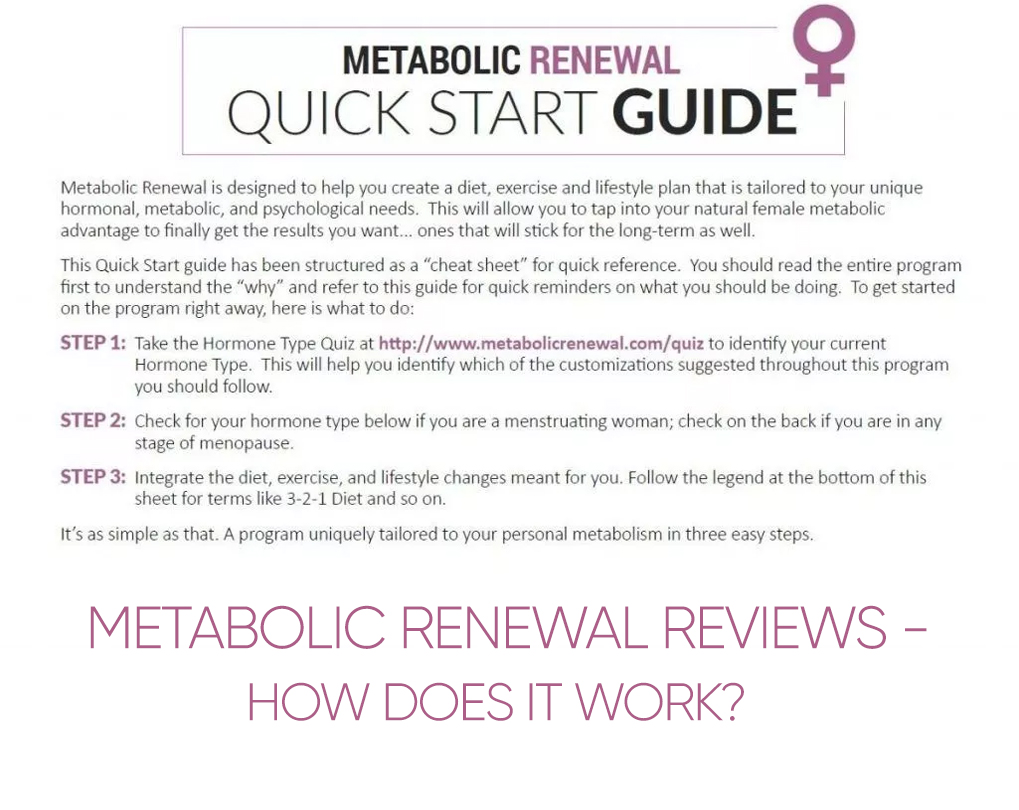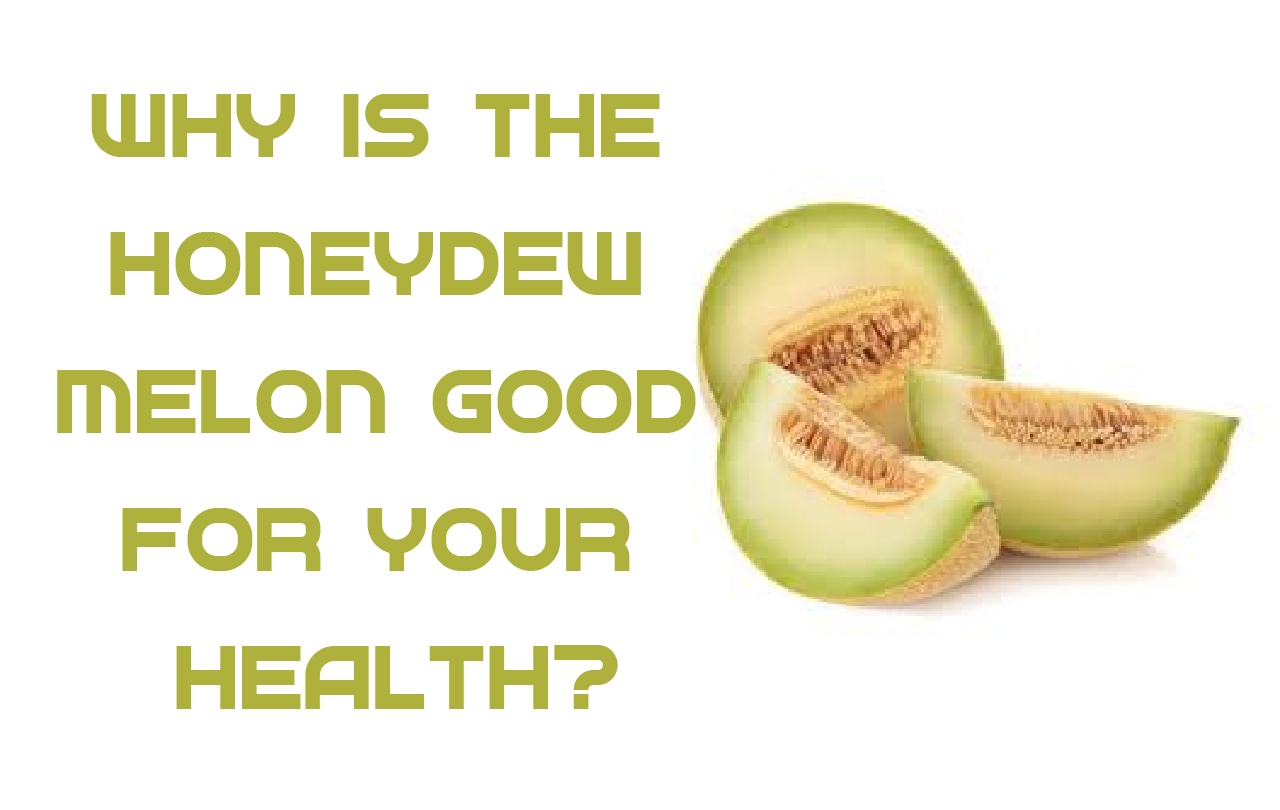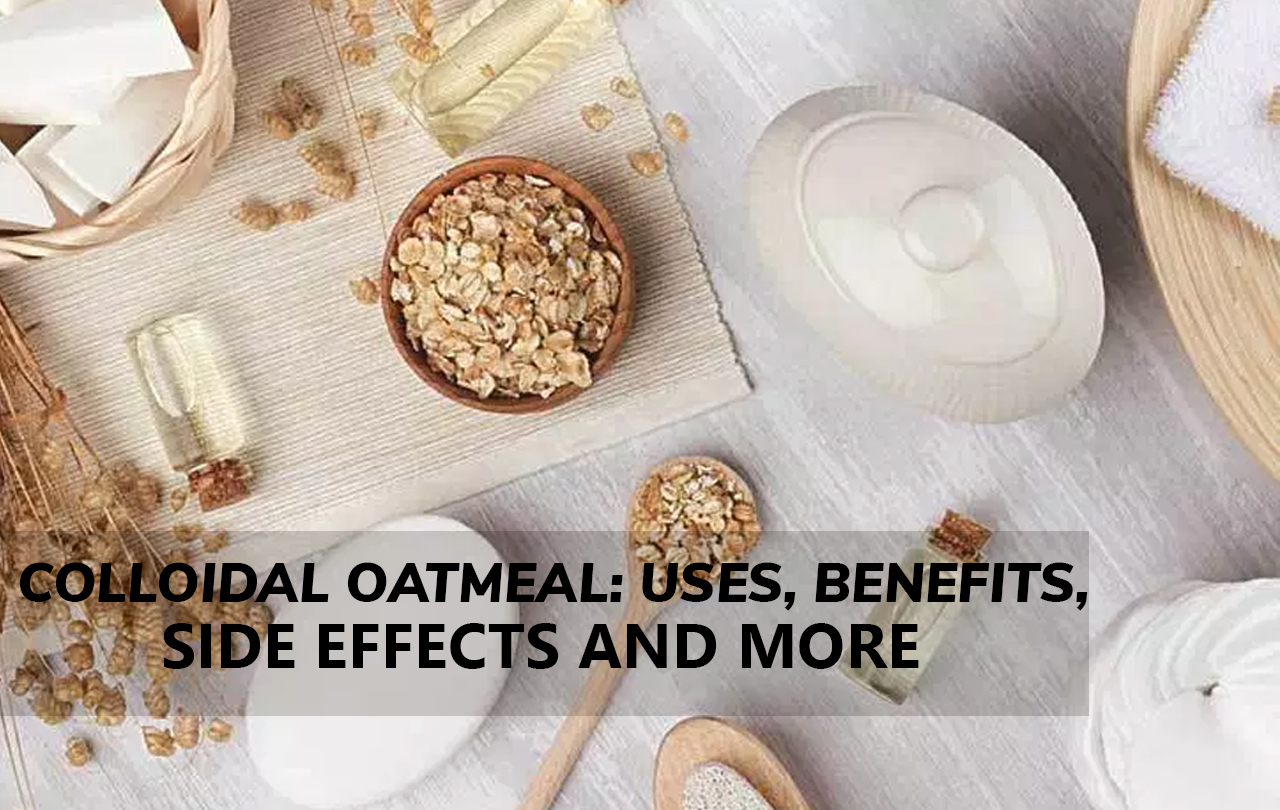
Colloidal Oatmeal: Uses, Benefits and Side Effects
What is colloidal Oatmeal? It is a finely ground form of oats that have been used for centuries to boost skin health. It can be used topically as a protectant, soothing moisturizer, cleanser, and itch-reliever. It’s also fantastic for health, particularly skin health, because of its antioxidant and anti-inflammatory abilities. For these reasons, it’s no surprise that you can easily find colloidal Oatmeal in all kinds of body care products today, from soaps and shampoos to shaving gels and lotions.
I’m about to tell you why tasty Oatmeal isn’t just excellent for your next breakfast but is a smart addition to your medicine cabinet. You can even make your colloidal Oatmeal at home to use baths, face masks, and cleansers. It has been shown scientifically to improve all kinds of common skin concerns, including eczema, psoriasis, sunburn, bug bites, hives, and rashes. Plus, it’s safe for children and pets too!
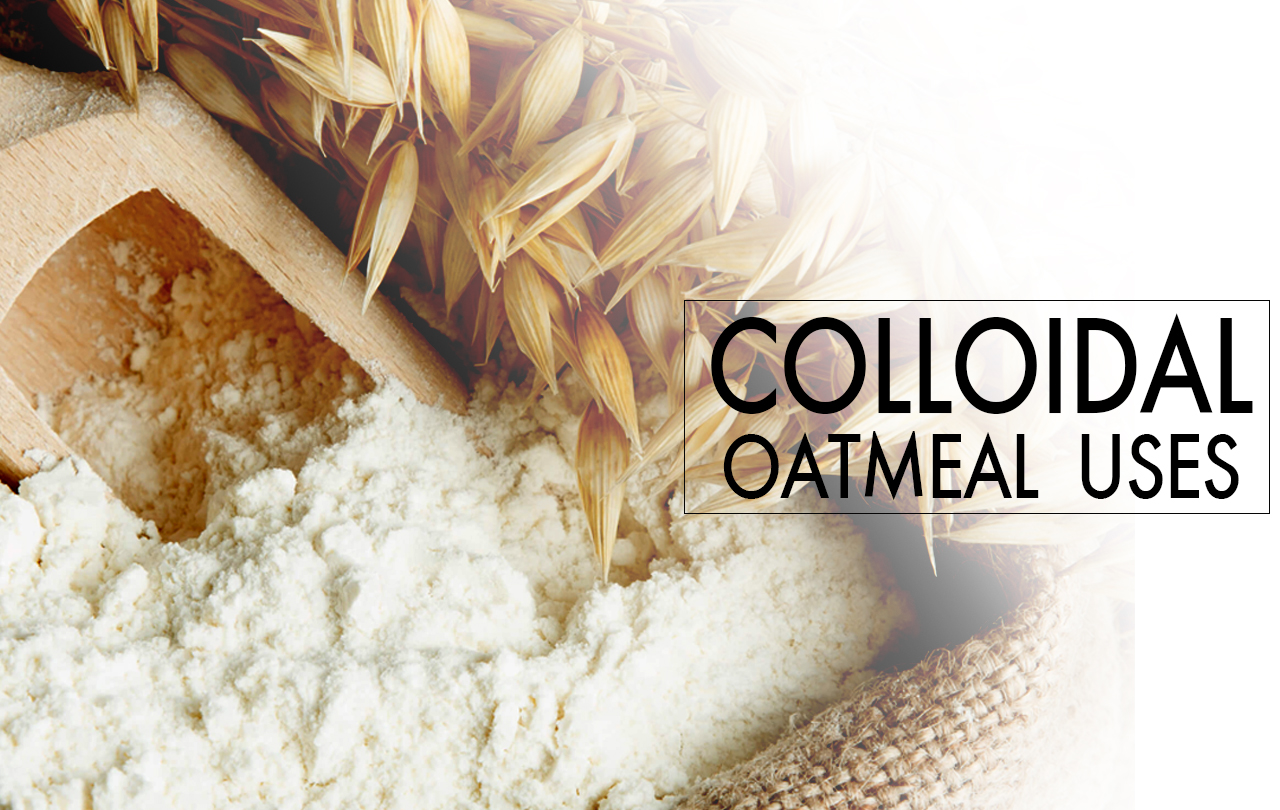
Colloidal Oatmeal Uses
Colloidal Oatmeal is used in an assortment of skincare, so its use depends on each product. One thing to note, however, is that the medium the colloidal Oatmeal is placed in will aid in its effectiveness, according to Greenfield. For topical moisturizers, she recommends sticking with thicker, heavier formulas than thinner lotions, which have more water content and fewer oils. Greenfield also suggests using it as an additive to your bath to prevent the water from drying out your skin. And to increase its healing and protective functions, Greenfield suggests combining it with medicinal honey before application.
Recommendations using a moisturizer containing colloidal Oatmeal at least twice per day, including immediately after a bath or shower and before bed. She adds that moisturizers containing colloidal Oatmeal can be used as often as you would like, but Greenfield suggests limiting your use twice daily. If you need to apply more than twice daily, I suggest alternating with a different kind of emollient.
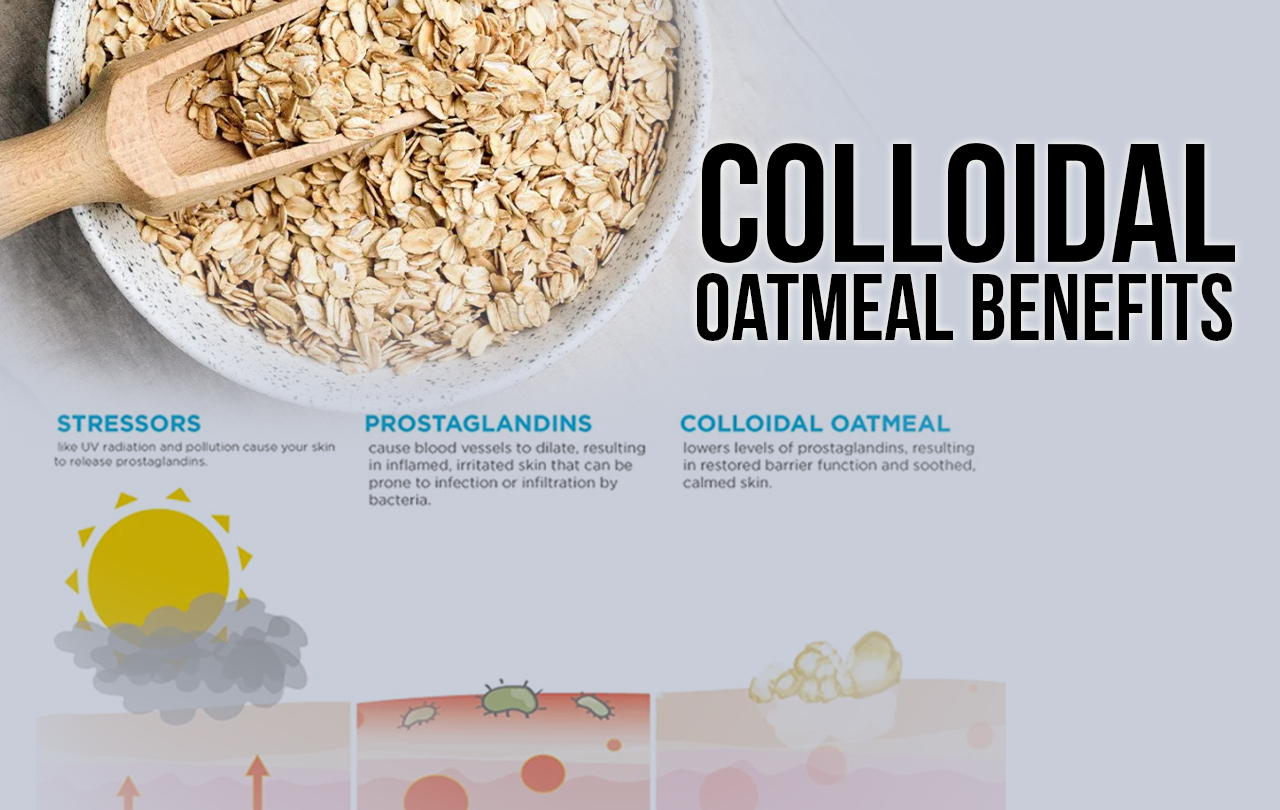
Colloidal Oatmeal Benefits
We have to point out that oats are rich in beta-glucans, which can reduce skin inflammation and stimulate collagen production. It was also shown that this magic grain has anti-aging and reparative properties, which can be used on all skin types.
Studies have shown that it binds to the skin and creates a protective barrier against irritants while also providing additional nutrients. The protective layer formed by the Oatmeal helps retain the skin’s natural moisture. Oats can absorb water and bind it to the surface. In summation to these calming effects, this ingredient also acts as a gentle exfoliator for skin, excellent for removing dead cells.
It is also advantageous to improve skin dryness and to scale, alleviates itching and irritation, anti-Aging, repairs damaged skin, Moisturizes the skin, reduces inflammation caused by acne, helps soothe bug bites, burns, and other skin irritations, Relieves symptoms of eczema, psoriasis, and seborrheic dermatitis.
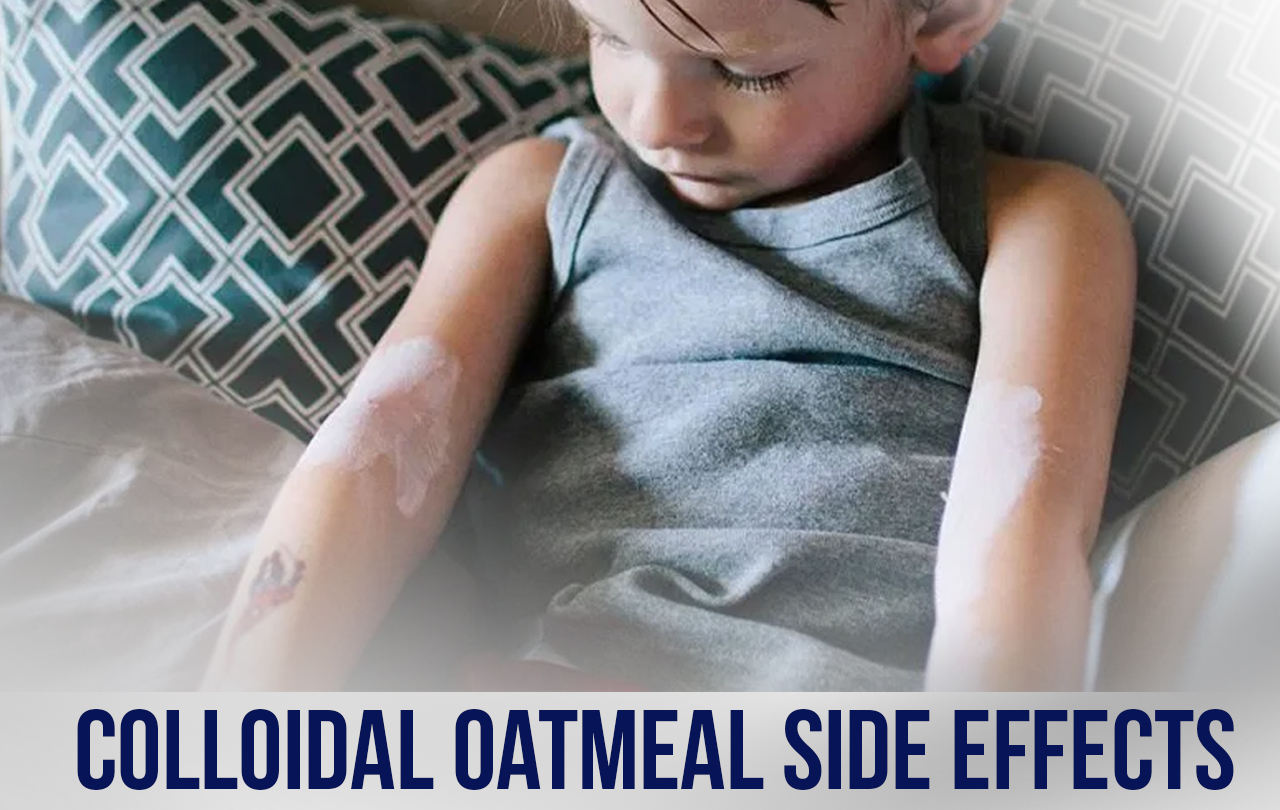
Colloidal Oatmeal Side Effects
There’s little to no risk of using colloidal oat topically. The only thing to be mindful of is, of course, if you have an allergy to oats, oat-based products, or bran, as you could suffer an allergic reaction when applying colloidal oat topically.
If you’re going to use commercial products, make sure to take a peek at the ingredient list to ensure there are no harsh irritants in the formula. Elude applying any that have synthetic fragrance or sulfates (listed as sodium lauryl sulfate or sodium Laurethsulfate).
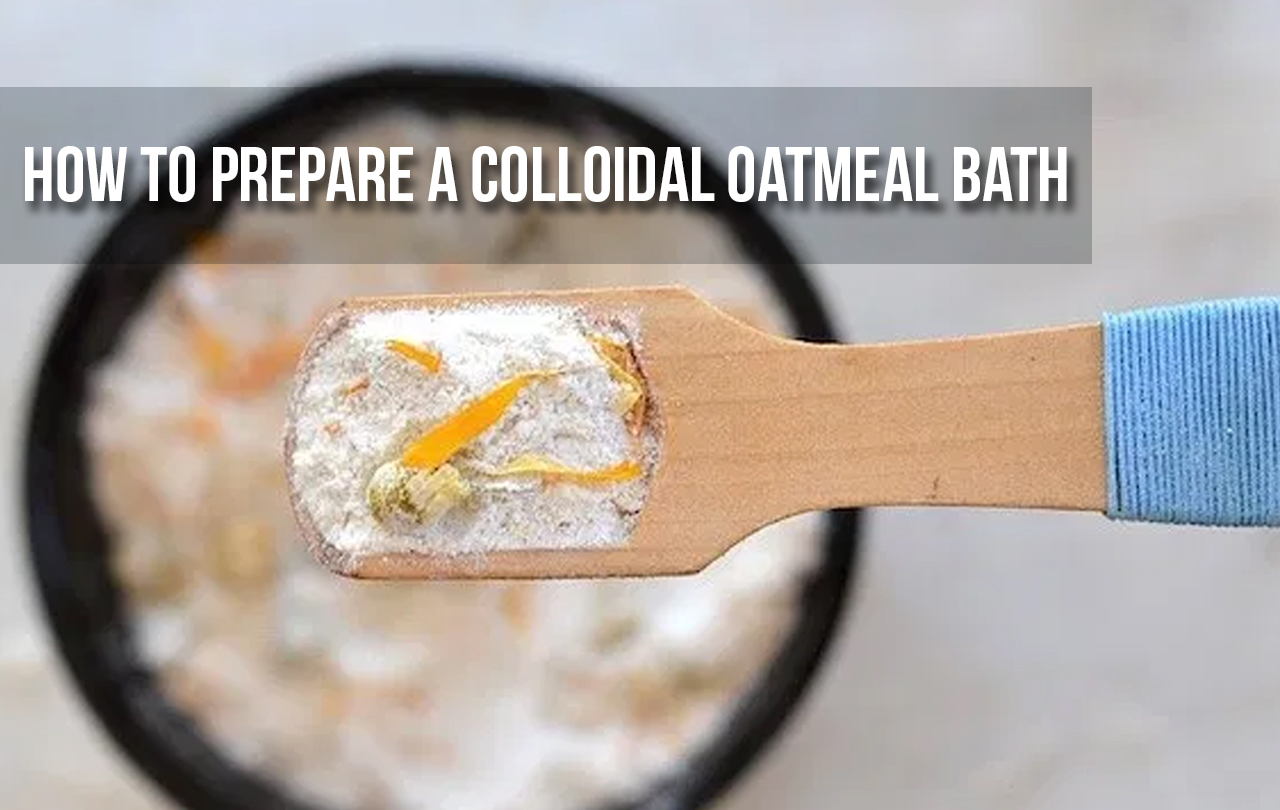
How to Prepare a Colloidal Oatmeal Bath
Commercially packaged bathing products are commonly available. These are the easiest to use and less messy than the do-it-yourself method. Follow the manufacturer’s directions for preparing a bath with their product.
Alternatively, it is relatively easy and inexpensive to prepare a colloidal oatmeal bath. Options include:
- Slowly sprinkle self-prepared colloidal Oatmeal (see above) onto the bathwater as it is filling.
- Fill a pantyhose leg with Oatmeal and attach the top.
- Squeeze the prepared wet pantyhose directly onto the affected skin.
People generally use one cup of colloidal Oatmeal for a standard bath of luke-warm water. The amount will vary for different size baths. A 15-minute soak in a cold shower can help soothe itchy skin. Note that prolonged soaking in hot water can dry out the skin and aggravate itch and eczema. After going out of the bath, quickly pat the skin dry. Cover the surface with emollient within three minutes.
FAQs
Q: Does colloidal Oatmeal work?
A: Research suggests that compounds such as phenols and vitamin E in Oatmeal can have anti-inflammatory effects. Those, in summation to the moisturizing and protective benefits of colloidal Oatmeal, could also help soothe irritated skin, Dr.
Q: Can you use colloidal Oatmeal every day?
A: The recommended use for colloidal Oatmeal is twice daily. Works well with: Colloidal Oatmeal can be used in conjunction with ingredients that can be irritating to the skin, such as alpha- and beta-hydroxy acids and retinoids, to help minimize irritation and disruption of the skin barrier.
Q: What does Oatmeal do to the skin?
A: Oatmeal can soak up the excess oil on your surface and help treat acne. Its antioxidant and anti-inflammatory properties help to treat dry skin and remove dead skin cells. Oats also include compounds called saponins, which are natural cleansers. They remove the dirt and oil that clog the pores and exfoliate the skin.
Q: Do you rinse off after an oatmeal bath?
A: Rinse the Oatmeal preparation off after about 15 minutes and observe your child for any signs of a reaction. You’ll want to avoid bath preparations containing added fragrances, as they can be irritating to the skin. If you aren’t sure if oatmeal baths are a good idea for your little one, talk to their pediatrician.
Conclusion
If you’re looking for a powerhouse moisturizer, consider colloidal Oatmeal, your new best friend. Of course, if you have an oat allergy or sensitive skin, it’s best to steer clear or chat with your derm before applying any new topical.
Many hydrating commercial products apply colloidal oats in their methods previously, so check your labels—chances are, your preferred body lotion contains this natural star ingredient.

